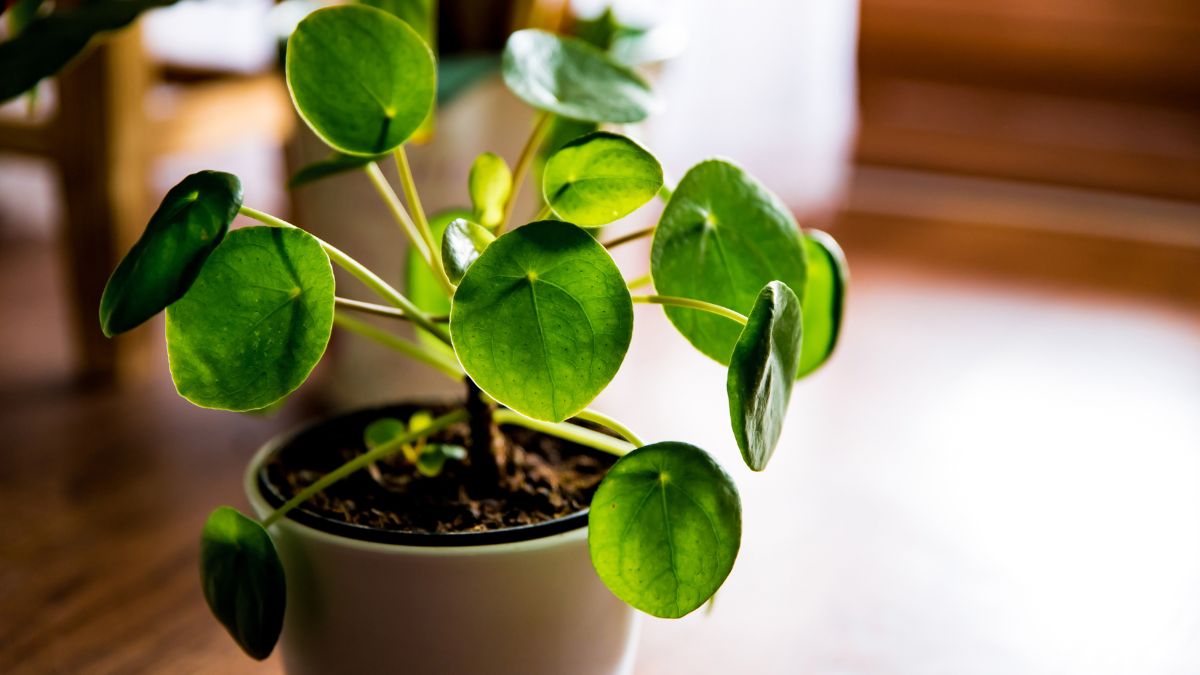Are you looking for answers about the Best Soil for Pilea Peperomioides? If so, then we have some great information and tips for you! Knowing a plant’s origins is crucial for assessing its compatibility with your space and planning the care it will require. China’s wet, rocky regions are home to these magnificent plants. Providing them with the conditions necessary to preserve their adorable, compact form is of vital importance.
That involves shielding them from the more abrasive components of the elements while still enabling them access to the wet, freely draining soil of their natural environment.
Also, giving your plant plenty of room to grow and create new leaves will aid it in reaching its full potential. Keep in mind that pilea may produce tiny white blooms on pink-tinged branches if it is content in the environment it is planted in.
There are typically two ways to get the full and bushy plant that you want. As a stunning home plant or terrarium specimen, this exquisite succulent has silver tracing on its leaves. This money plant is a species that is a member of the Urticaceae family. Learn more about these perennial evergreen succulents in the information listed below.
Knowing Your Pilea Peperomioides
The Asiatic perennial herb pilea peperomioides is indigenous to the Yunnan Province, located in southern China at the base of the Himalayas. The Urticaceae family of stinging nettles includes these glorious succulents. The Chinese Money Plant, as its name suggests, grows best where the climate is temperate. However, utilizing the best soil for pilea peperomioides is essential to its health and growth.
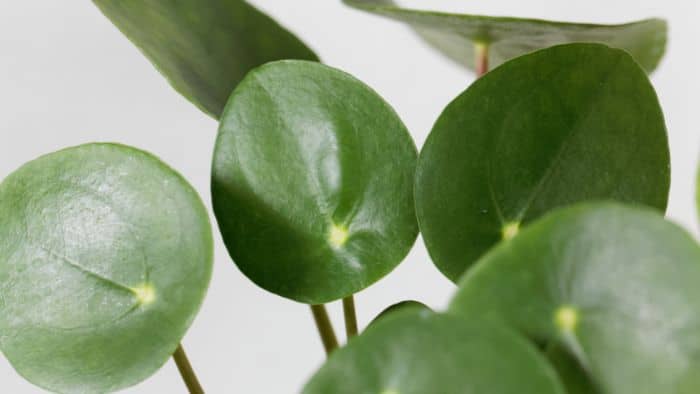
According to some people, this perennial was once thought to bestow its owner with luck, wealth, and prosperity. The huge, spherical leaves have the appearance of coins because of how they are stacked on top of one another. This hardy plant is also easy to grow and can be easily developed from a leaf cutting. It is important to provide this plant with sunshine, water when necessary, warmth throughout the year, and the nutrients it needs to develop robustly and healthily.
Peperomioides is an upright perennial that can grow to a height of 30 cm or more. Growing your plant in a frost-free environment or under glass is highly recommended for favorable results. For it to thrive, it also requires high humidity. If you’re looking for plants for patios and containers then the pilea is a great choice as it is low maintenance.
Pilea Peperomioides Soil
When it comes to pilea soil type, there are a few things that need to be considered before planting. This is because potting soil that drains effectively is preferred by Chinese money plants. For this succulent, it is best to avoid using outdoor garden soil and steer clear of cheap mixes that are sold locally. Use premium organic potting soil instead as it will afford you favorable results.
Therefore, in my opinion, the best potting soil for pilea peperomioides is one that is made of peat moss, coir fiber, and perlite. These plants require the same kind of soil that other succulents do which includes one that is porous, drains well, and dries quickly. The optimal pH range for the majority of plants, including pilea, should be as near to a neutral level as possible.
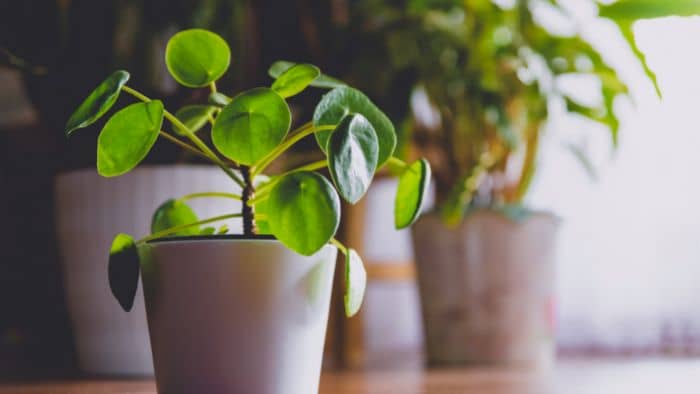
Most plants thrive in the range of 6.0 to 7.5, but if at all feasible, this plant prefers to be closer to 7.0. The plant’s root ball grows relatively slowly due to its few strong main roots and network of tiny, delicate ones. The best general rule is to select a pot with a diameter that is roughly two inches greater than the root ball.
This will give it plenty of space to expand when it grows and matures. Include things like eggshells, used coffee grounds, and vegetable trimmings or scraps in the soil as they will help your plant get the nutrition it needs.
Pilea Soil Mix – DIY Recommendations
The best soil for pilea peperomioides should be capable of providing your plant with the ideal ratio of nutrients and structural support when it is grown in an indoor container. Therefore, we reasoned that we ought to go a step further and assist our green thumbers in creating their own potting soil mix for their pilea plant.
Aside from that, we have also added tips about the growing medium requirements and more. The kind of soil that is ideal for growing them would depend on a few factors as listed below.
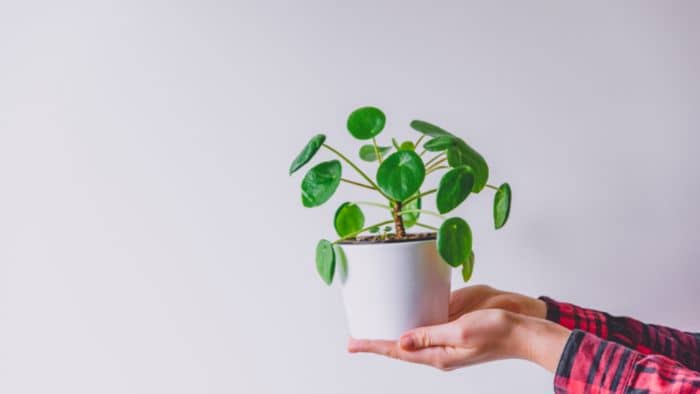
Soil mix recommendations and tips:
- To grow healthy and successful indoor plants, proper soil preparation is essential.
- Your plant’s needs for soil are influenced by your watering schedule, the amount of light in your home, and the kind of container you choose.
- For indoor plants to thrive, the soil mixture should be snug enough to keep nutrients and moisture around the roots of your plant.
- The soil should also be pliable enough to allow air to reach the roots.
- Like leaves, plant roots also require air to breathe, and compacted soil will prevent this from happening.
- It should also be sufficiently tight to offer strong root anchoring.
- The inevitable demise of your plant may result from root rot if the mixture is left too damp for an extended period of time.
- The components required to create the ideal potting mix for pilea plants include composted bark, coconut coir, wood fiber, and green compost which are recommended for peat-free mixtures.
- The above choices can also be blended with inorganic components like sand, perlite, or rice husk.
- Create a balance of fine and coarse particles that can hold enough water and air for the potting mix to be successful in root development.
The Following Basically Describes The Composition Of The Peat-Free Potting Mix:
– One part organic material, such as sterilized compost blended with pine bark or wood fiber for nutrients and moisture retention.
– One portion of coconut coir.
– One part vermiculite, perlite, or rice hulls for efficient aeration.
Here’s a video with more information about the best soil mix for pilea peperomioides.
How to Care for Pilea
Aside from using the best soil for pilea peperomioides, they are other care strategies that should be effectively implemented for good results. Just like most plants, these ones are quite hardy, however, maintaining them will essentially give you favorable results.
Negligence on the other hand will damage your plant which can leave it in an irretrievable state. Take heed of the care tactics below to grow a thriving pilea plant in your home environment.
1. Light requirements
Pilea can survive in semi-shade, but bright, indirect light that is close to a window is preferable. On a young plant, dense development typically occurs automatically, and the primary shoot naturally separates into side branches. However, lower light levels cause the plant to get leggier and its leaves to spread out further. To balance development, you can occasionally prune out excessively long shoots. Every time you water the plant, turn it a quarter turn to promote symmetry.
2. Water and Humidity requirements
Pileas don’t have deep roots and don’t like to be extremely wet, but they do prefer humidity. Give them a small amount of water that is room temperature to evenly hydrate the soil. Before watering once more, allow the top two-thirds of the potting material to dry off.
You can keep your plant in a shallow container as long as it has a drain hole. The necessity for drainage can be satisfied by maintaining a layer of stones at the bottom of the container.
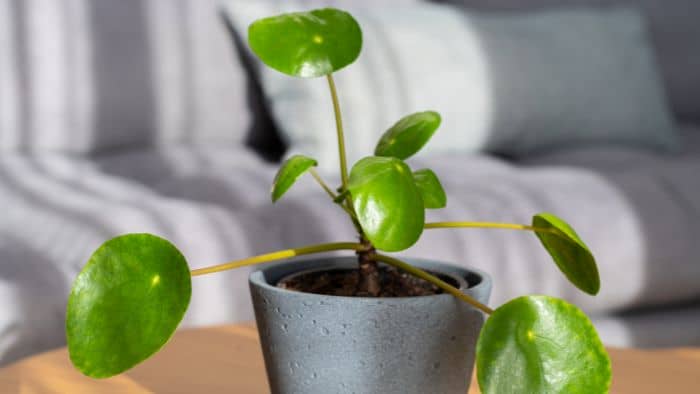
3. Temperature requirements
Comfortable home temperatures usually fall between 65 and 80 F. During the winter chill, keep the temperature above 55 F and move the plant away from any chilly breeze. Also, keeping it away from heat vents, open windows, air conditioning vents, and drafts is recommended.
4. Repotting and propagation
These plants thrive well in a 3 to 4-inch container. Ensure that you make use of a blend of a potting mix with peat to support its small root system. If you see that your plant has become lanky, it’s time to repot it. You can also propagate it by taking a tip cutting in the late spring.
5. Nutrition requirements
Feed your pilea peperomioides plant exclusively in the spring and summer with a balanced organic fertilizer applied at half strength every other week.
6. Plant hygiene requirements
This care strategy calls for routine wiping of the plant leaves with a moist cloth. Without proper maintenance, the accumulated dust hinders photosynthesis, causing your plant to act as though it is not receiving enough light. Avoid using oils or polishes on the leaves because they will accumulate there and further impede the sunlight.
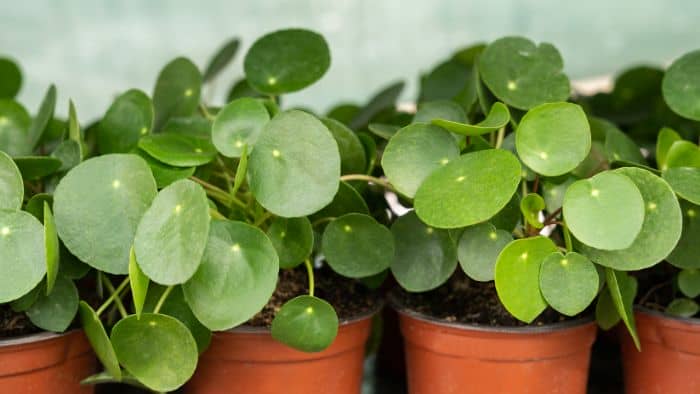
Conclusion
Yellowing leaves in pilea plants are widespread and may be caused by excessive moisture, especially if the stems are very delicate. If leaves are overexposed to light, they also get pale. The lower leaves turn yellow as they naturally deteriorate and are ready to fall.
Leaf drop can happen in the fall and, if it’s severe, indicates that the soil is either too damp or the atmosphere is too cold. For this reason, using the best soil for pilea peperomioides is highly recommended. Also, the cupping of mature leaves is a distress signal most often connected to insufficient light but may also mean that another aspect of plant maintenance needs to be adjusted.
Following the above plant regimen and making any necessary adjustments would be beneficial in restoring its health. Remember that pileas have a natural tendency to droop and lose their compact habit as they get older. They also progressively become more barren at the base as they drop older leaves. If you want to learn more about the varieties of the Chinese money plant then click here.

